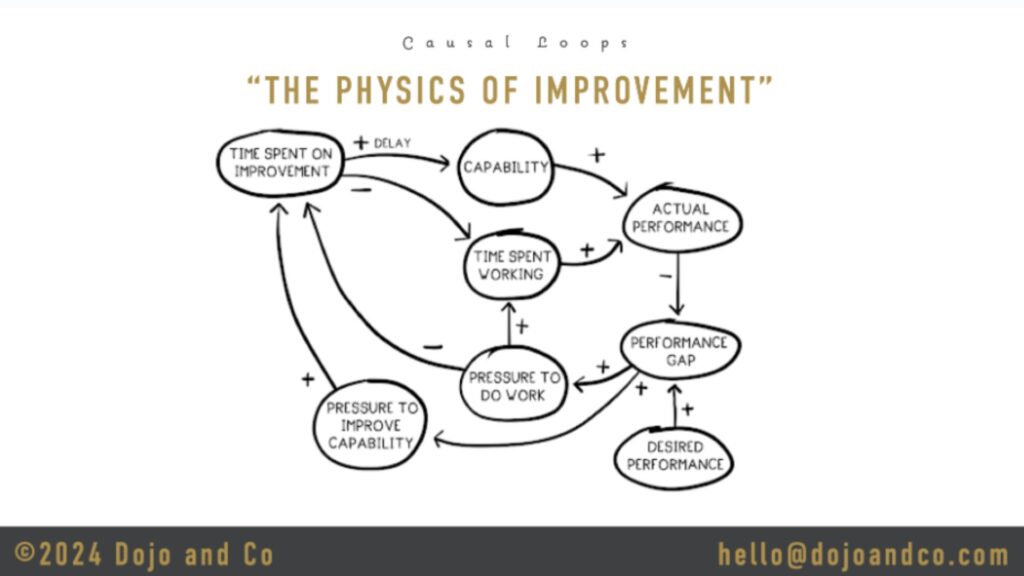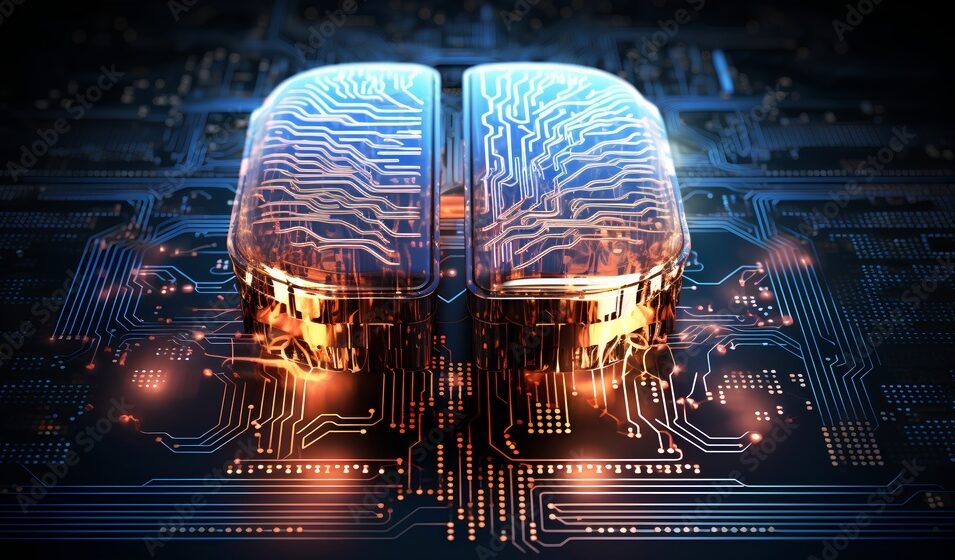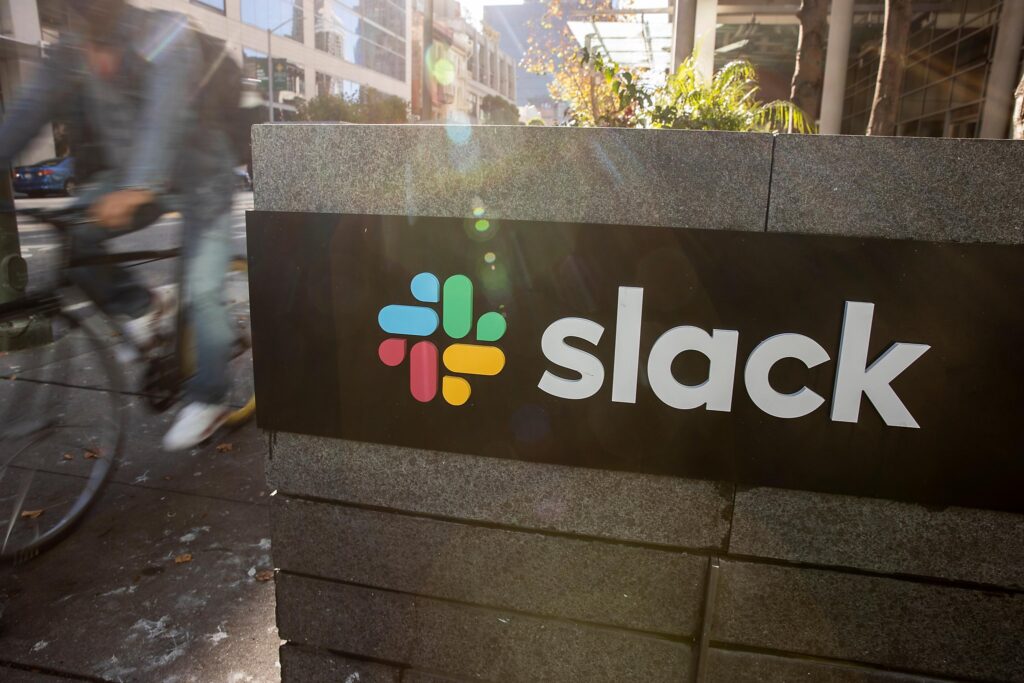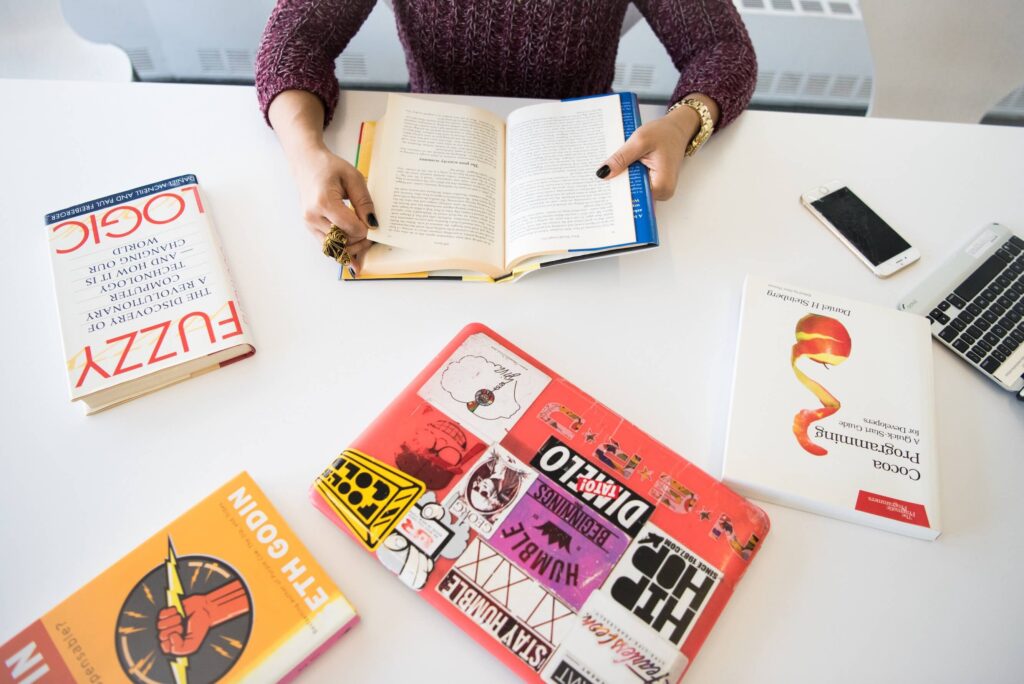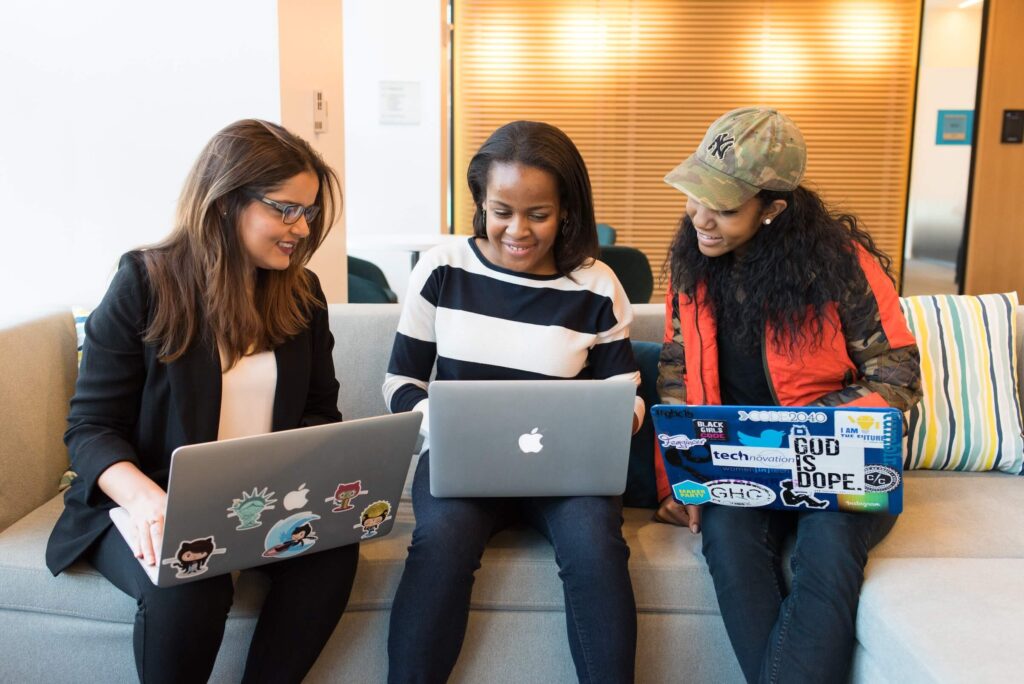Overview
Creating engaging, resourceful, and fun technical training can be a challenge for any organization at any size. The “new norm” of working remotely for many adds another layer to the challenge. So how does one build a program that is fun, engaging, useful, and scalable? Rajon Tumbokon from LinkedIn shared how their Technical Training Team incorporated agile methodologies to their instructional design process to create useful training experiences for their engineers.
Key takeaways
-
- Humans learn best by repetition and practice, in addition to feedback throughout the process. Engineers learn best when they are able to experiment, problem-solve first-hand, and are challenged and rewarded.
-
- Before trying to craft up training courses, confirm training is needed and that it’s the best way to tackle a problem at hand within your own organization. Then, make sure key stakeholders are involved to ensure that learners are engaged through appropriate activities and examples.
-
- Agile instructional design works because each step is flexible and is adaptable to change. Instead of looking for near perfection in each design phase, flexibility in agile allows for continuous improvement and iterations in creating useful courses and programs.’
-
- Align on what you want the learners to gain and focus on measurable learning outcomes. Don’t just say “learners should learn X,” but write learning objectives so that you are explicit with measurable and actionable outcomes for the learner.
-
- Learner-centric training methodology is key in providing safe and successful learning opportunities for engineers. Engineers like testing out hypotheses and making tweaks as they learn new information through activities and hands-on problem-solving.
Understanding how engineers learn best
When creating any courses or programs, it’s important to understand how humans learn, and in this case, how engineers learn. Humans learn by practice, repetition, and feedback. The more we do something, it becomes easier for our brain to recognize patterns and recall as we practice. As we make mistakes or fail in doing something, we are given feedback that tells us to do something differently or to change certain tactics so that we can do better next time. Rajon used video games as an example. As a player, you learn to beat certain levels by repetition, and throughout making mistakes or errors, you learn new skills or techniques to improve for next time.
When it comes to training engineers, optimizing their experience to mimic the scientific process works best. In Rajon’s words, engineers love experimenting, building, problem-solving, and being challenged with a problem. Conquering those challenges makes them satisfied and feel rewarded, and gives them the will to want to learn more.
Content-centric learning vs learner-centric
How these learning opportunities take place becomes tricky too. Rajon explained the two types of instructional design approaches: content-centric and learner-centric. As you can see in the images below, content-centric focuses on broadcasting information in a one-way direction and checking in to see if the learners received the information properly in the form of an activity or a quiz. On the other hand, learner-centric focuses on practicing and hands-on problem solving for learners to gain new skills. As the learner progresses through the learning process, each activity gets more difficult, but the feeling of reward increases. Rajon mentioned content-centric is not always the best way, but learner-centric is the best environment and platform for engineers to learn so they see the quick wins and feel rewarded. At LinkedIn, this methodology is used throughout their Engineering Bootcamp program.
How do we get to learning centric
Rajon compared what he learned from The Lean Startup by Eric Reis in order to explain agile instructional design framework focusing on learner-centric opportunities. The “Learn, Build-Measure” methodology allows you to form a hypothesis based on observation, and you build something quickly that is functional to test out the hypothesis. Then, you are able to measure how people respond to that test. Based on the response you receive and observe, you can quickly adapt and change and upgrade your product and learn how you can accelerate the cycle.
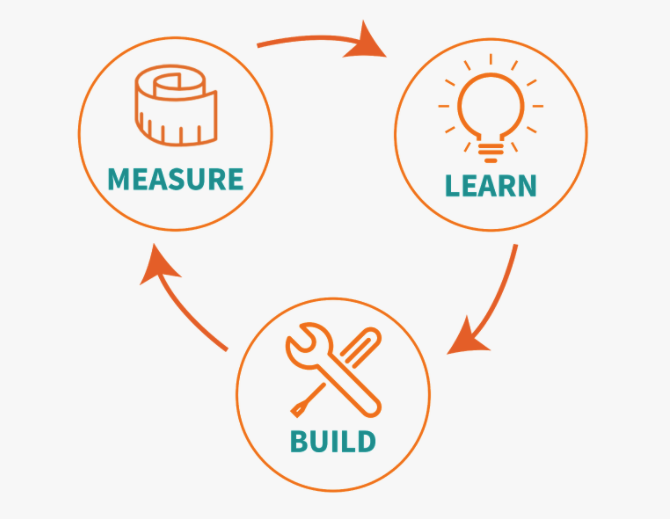
Agile instructional design
Creating training makes sense when training is actually needed, and therefore, conducting a thorough needs analysis is necessary. It will be hard for training to be successful if the root cause of the problem does not justify training. For example, if an organization has broken processes or is lacking the right documentation, it will be very difficult to launch a successful training program. Understanding the productivity impact training can have on your organization is the initial step in being agile in instructional design.
Once you know training is needed, start brainstorming with stakeholders. These meetings, in Rajon’s words, can be long but is the fun part working together to define what the learners need to know and what they should do. Borrowing from agile methodologies, setting appropriate learning objectives in the format of user stories help ensure that they are actionable and measurable.
User story-driven objectives are written in a framework of the user and must be written in a way that are explicitly measurable and actionable by the learner.
Rule of thumb: A course designed with 2 or 3 user story-driven objectives fulfills about one hour of learning
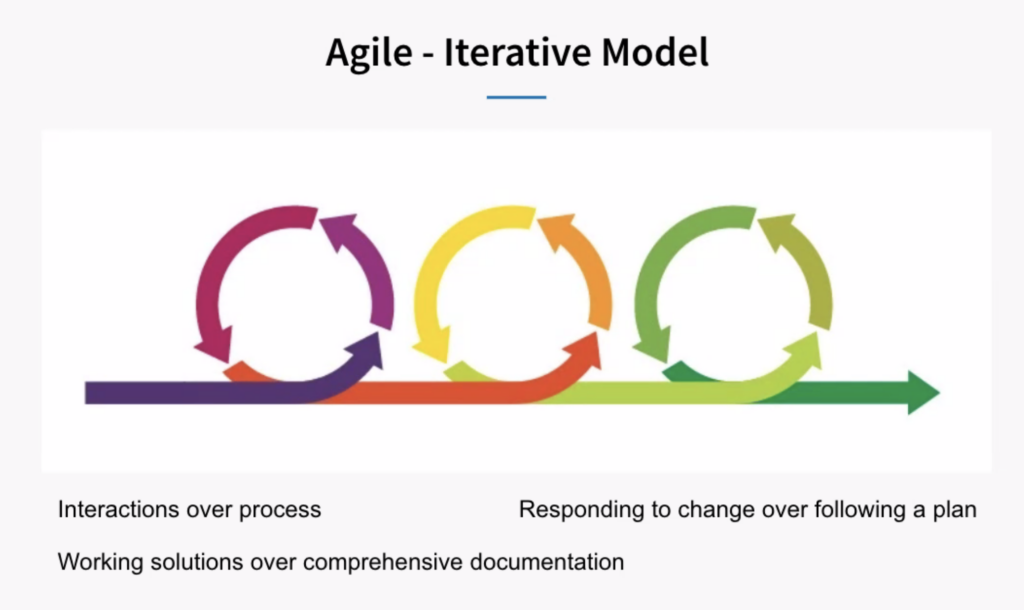
With your learning objectives in mind, you then can start crafting up activities that will provide ways in which learners can meet the objectives. Each activity should be challenging and should provide a sense of urgency. For activities to achieve meaningful results,feedback and reinforcements allow learners to achieve an AHA! moment. Failure and correcting mistakes also make those AHA! moments possible. After the activities are designed, prototypes for each activity should be developed quickly.
Then it becomes about testing out the prototype activities. Figure out who should be participating and testing out the prototypes, and observe how they respond. Based on the responses of the testers, keep iterating on the activities until they fulfil the learning outcomes. It’s crucial to keep things scrappy to quickly adapt to change quickly, and continuously improve your prototype.
In the final stage to build the actual course, you can add polish to your content that align with your prototype and learning objectives. The whole process of being agile while building courses becomes a learning experience for the team creating the courses. The notion of learning through recognizing patterns, repeating, receiving feedback, and gaining new insights, comes to life.
Meaningful success
As mentioned previously, Engineering Bootcamp at LinkedIn is focusing on activities and enables engineers to practice development using the tools they will eventually use on the job. Prior to the initial launch of Engineering Bootcamp, LinkedIn delivered a class called Tech Foundations, an 1-day “lecture” session with presentations and information. Although Tech Foundation initially received a higher Level 1 satisfaction score, Engineering Bootcamp received a much higher Level 3 score 30 days after attending the class. It is evident that training that provides more opportunities to apply and practice new skills rather than conveying information results in more long-term knowledge retention.
Internal knowledge-sharing and scaling training through peer learning are things more companies should take advantage of. As you provide more platforms for learning and show support for continuous learning and development for your employees, productivity will increase. Not only will the overall knowledge network grow within, but it will also create more experts. Rajon’s divergent thinking led to implementing new ways to design training based on how engineers develop products. That process on its own is the greatest example of a leader implementing their gained knowledge to improve organizations.


